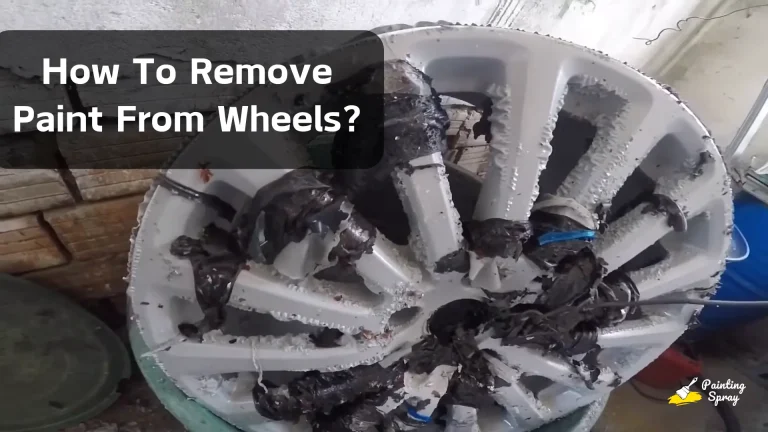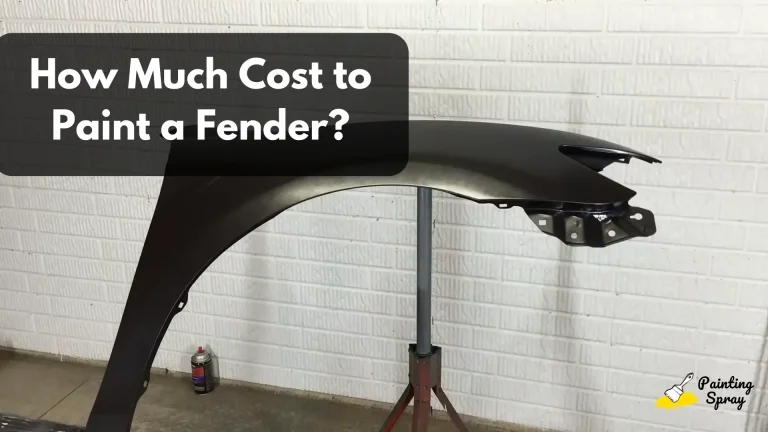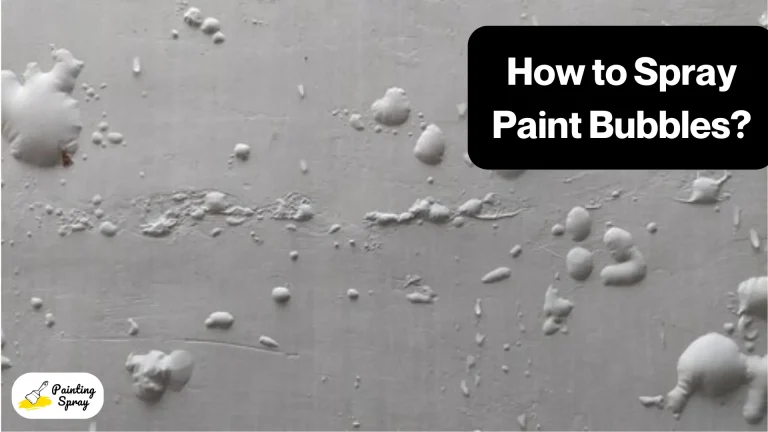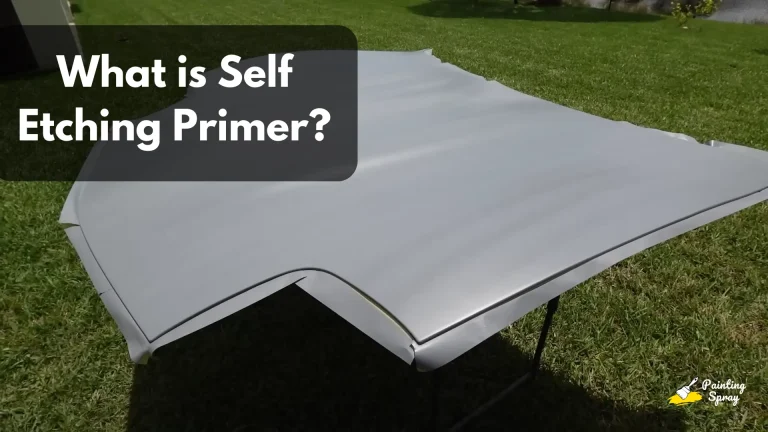How Much Does It Cost To Paint A Car Door? Understanding Prices and Factors Involved
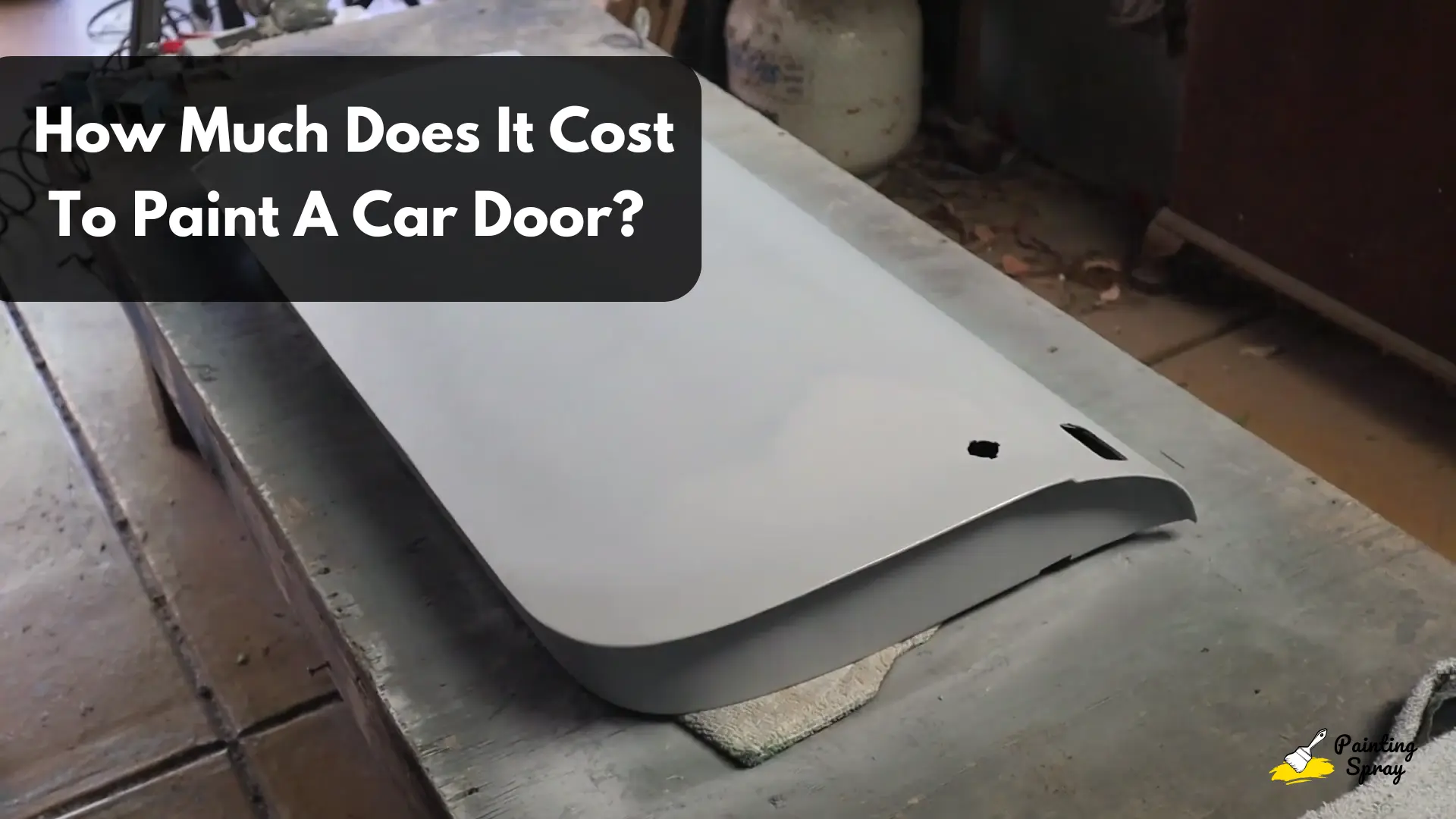
When considering painting a car door, the cost can range from $150 to $500 for a professional job, depending on various factors. Understanding these costs can help you make informed decisions about whether to hire a professional or tackle the project yourself.
This blog post will guide you through everything you need to know about the costs involved and what to expect during the painting process.
Different aspects will influence the price, such as the quality of paint you choose, labor expenses, and any prep work required. If you are considering a DIY approach, it’s important to factor in the cost of supplies and tools as well. Knowing these details will aid in budgeting and ensure you achieve the best results.
Reading this article will equip you with essential information about the costs to paint a car door and help simplify your decision-making process. Save time and money by understanding the factors that contribute to the total expense.
Key Takeaways
- Costs for painting a car door can vary widely based on several factors.
- DIY painting requires specific supplies and preparation for best results.
- Understanding the painting process helps in making informed choices.
Evaluating the Cost Factors
When painting a car door, several factors will influence the final cost. Understanding these elements helps you prepare for the expense and ensures you make informed decisions.
Extent of Damage and Prep Work
The condition of your car door plays a big role in the cost. If there is significant damage, such as dents or rust, you will likely need more preparation work. This may include sanding, filling, or applying primer, which can add to your overall expenses.
For example, simple touch-ups may only require a minor prep job, while extensive repairs could increase costs significantly. On average, prep work can add $50 to $200 to the total price, depending on the extent of the damage. Consider that thorough preparation leads to better paint adhesion and a more durable finish.
Choosing the Type of Paint
The type of paint you choose greatly affects the total cost. Automotive paint comes in various qualities and colors, ranging from basic to high-end options. Solid colors typically cost less than metallic or pearlescent paints.
Here’s a rough breakdown of paint costs:
- Standard Solid Colors: $50 to $150 per quart
- Metallic Paint: $100 to $300 per quart
- Pearlescent Paint: $150 to $500 per quart
Choosing higher-quality paint can extend the life of the job but will also raise the costs. Make sure you weigh both the appearance and durability when selecting the paint.
Labor Costs and Geographical Variations
Labor costs are another significant factor. Rates can vary based on location and the expertise of the auto body shop. Major cities often have higher labor costs due to demand and living expenses.
On average, labor may cost:
- Basic Paint Job: $50 to $100 per hour
- High-End or Custom Jobs: $100 to $200 per hour
It’s essential to get multiple quotes and check reviews of the shops you’re considering. Understanding local market rates can help you find a balance between quality and affordability.
Preparation Steps Before Painting
Before you begin painting your car door, it is crucial to prepare the surface properly. Good preparation ensures that the paint adheres well and results in a smooth, professional finish. This involves sanding, priming, applying body filler, and masking off areas to protect parts that should not be painted.
Sanding and Priming
Start by sanding the car door to remove the old paint and create a smooth surface. Use sandpaper with a range of grits. Begin with a coarser grit (around 120) to strip away existing paint, then move to finer grits (220-320) for a smoother finish. Sanding not only prepares the surface but also helps the new paint adhere better.
After sanding, clean the surface to remove dust and debris. Next, apply a quality primer to provide a good base for your paint. Choose a primer suitable for automotive surfaces, as it prevents rust and provides adhesion. Make sure to follow the manufacturer’s instructions for drying times before painting.
Applying Body Filler and Masking Off Areas
If your car door has dents or imperfections, apply body filler to smooth out these areas. Use a putty knife to spread the filler evenly over the affected spots. Allow it to dry completely, then sand it down to match the surface of your door.
To protect areas that you do not want to paint, use masking tape and a paint mask. Carefully tape off edges and surrounding areas to ensure clean lines. You can also cover large sections with plastic sheets to prevent paint from getting onto other parts of your car. This step is essential for achieving a professional look in your paint job.
Painting Process and Techniques
The painting process involves several important steps that affect the final look and durability of your car door. Key aspects include applying a base coat that matches your vehicle’s color and finishing with a clear coat for protection.
Base Coat and Color Matching
The first step in painting your car door is applying the base coat. This layer provides the main color. To achieve the best results, you need to color match the paint to your car’s existing color.
Professional painters often use an automotive paint sprayer for even application. If you are doing it yourself, a spray paint can work for smaller jobs.
You might also consider using single-stage paint, which combines color and protective qualities in one layer. Keep in mind that getting an exact match can help maintain your vehicle’s resale value; mismatched colors can be noticeable and detract from the overall appearance.
Applying Clear Coat for Protection
After the base coat dries, it is essential to apply a clear coat. This layer protects the color from UV rays, dirt, and scratches, helping the paint job last longer. A high-quality clear coat can enhance the shine and depth of the base color.
When applying the clear coat, ensure an even spray to avoid runs or dull spots. Using a professional sprayer can be beneficial for this step as well. Allow the clear coat to cure completely before exposing the door to harsh conditions.
This extra step is crucial for maintaining the finish and the overall look of your car door.
Additional Considerations
When thinking about painting your car door, it’s essential to consider whether to do it yourself or hire a professional. Additionally, the type of paint and the quality of service can greatly affect your car’s look and value.
DIY vs. Professional Paint Job
If you choose to paint your car door yourself, you can save on labor costs. DIY painting often involves purchasing quality paint, brushes, and other supplies. Expect to spend between $50 and $150 for materials, depending on the paint type.
However, a professional paint job from a reputable auto body shop ensures a high-quality result. Professionals have experience and access to premium paint options that may not be available to you.
You might pay anywhere from $150 to $500 for a professional job. This option often includes prep work and multiple coats, ensuring a smooth finish and better durability.
Premium Options and Resale Value
Investing in a high-end paint job can increase your car’s resale value. Premium paints offer better durability and a more attractive finish. A high-quality paint job might cost you between $1,000 and $5,000, but it can make your vehicle stand out.
Using a reputable auto body shop for these jobs ensures that you receive excellent customer service and guarantees. This can give potential buyers confidence in the car’s condition.
Consider how paint options, such as custom colors or special finishes, can affect the aesthetics and potentially the market value of your vehicle.


